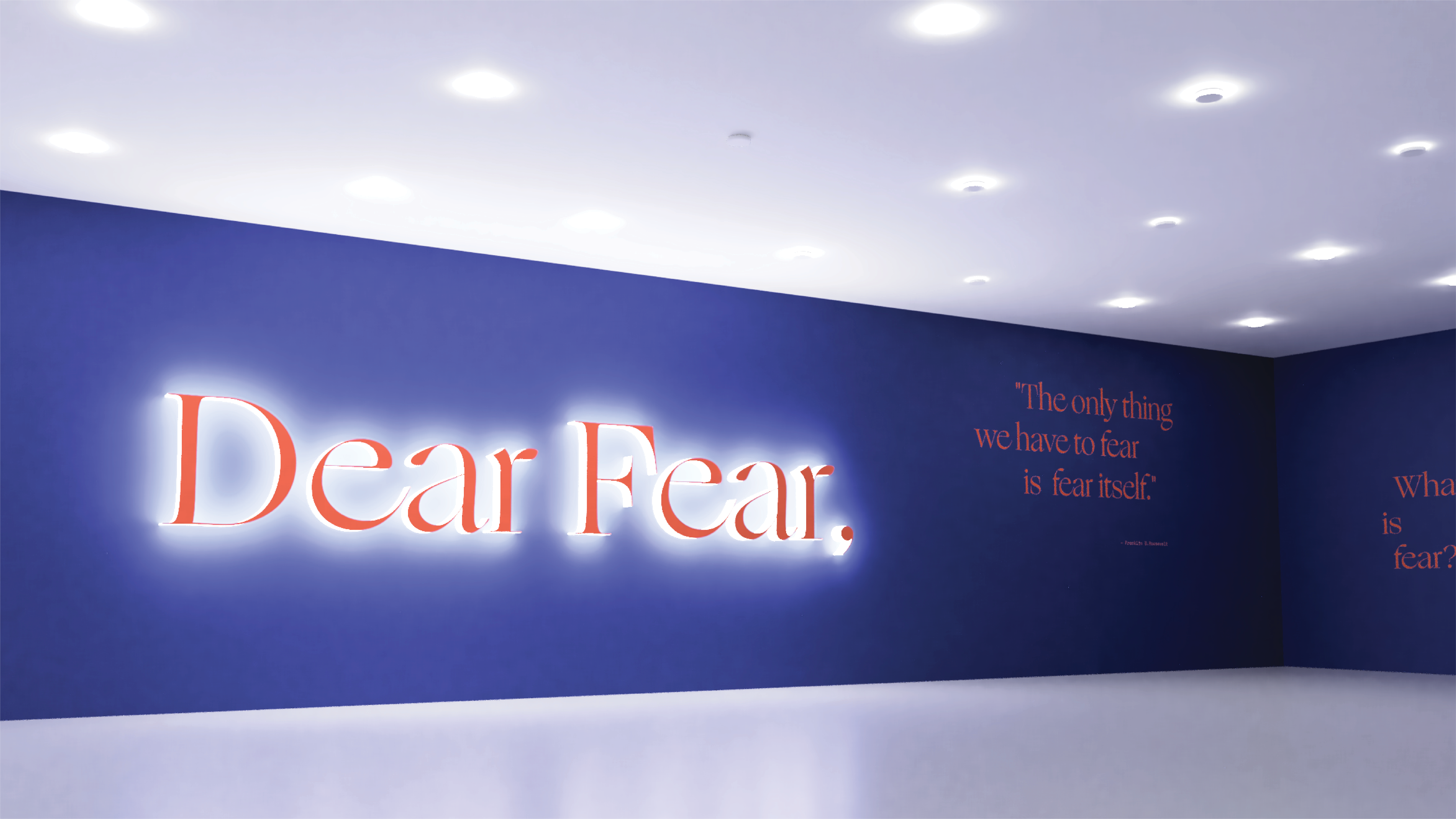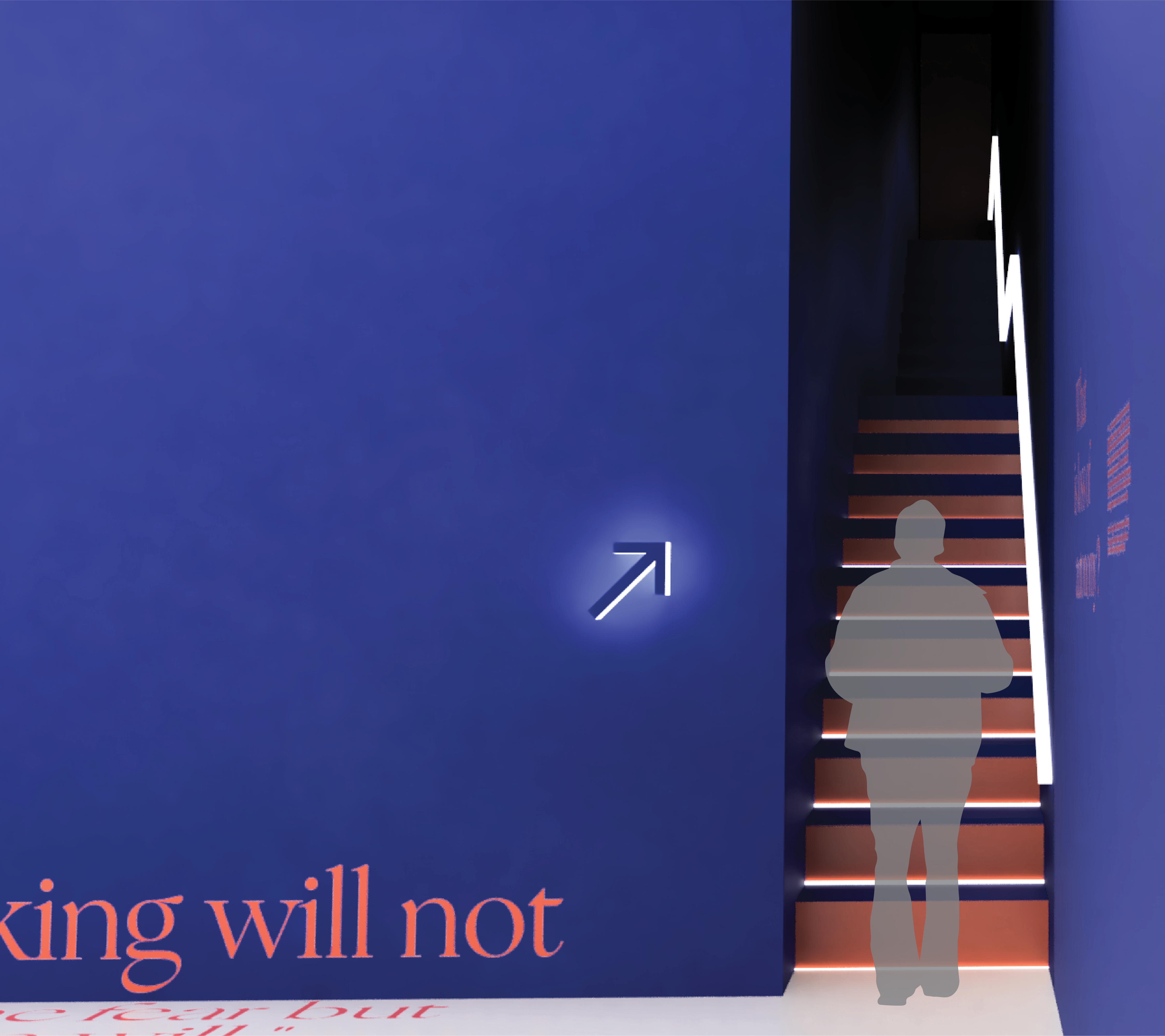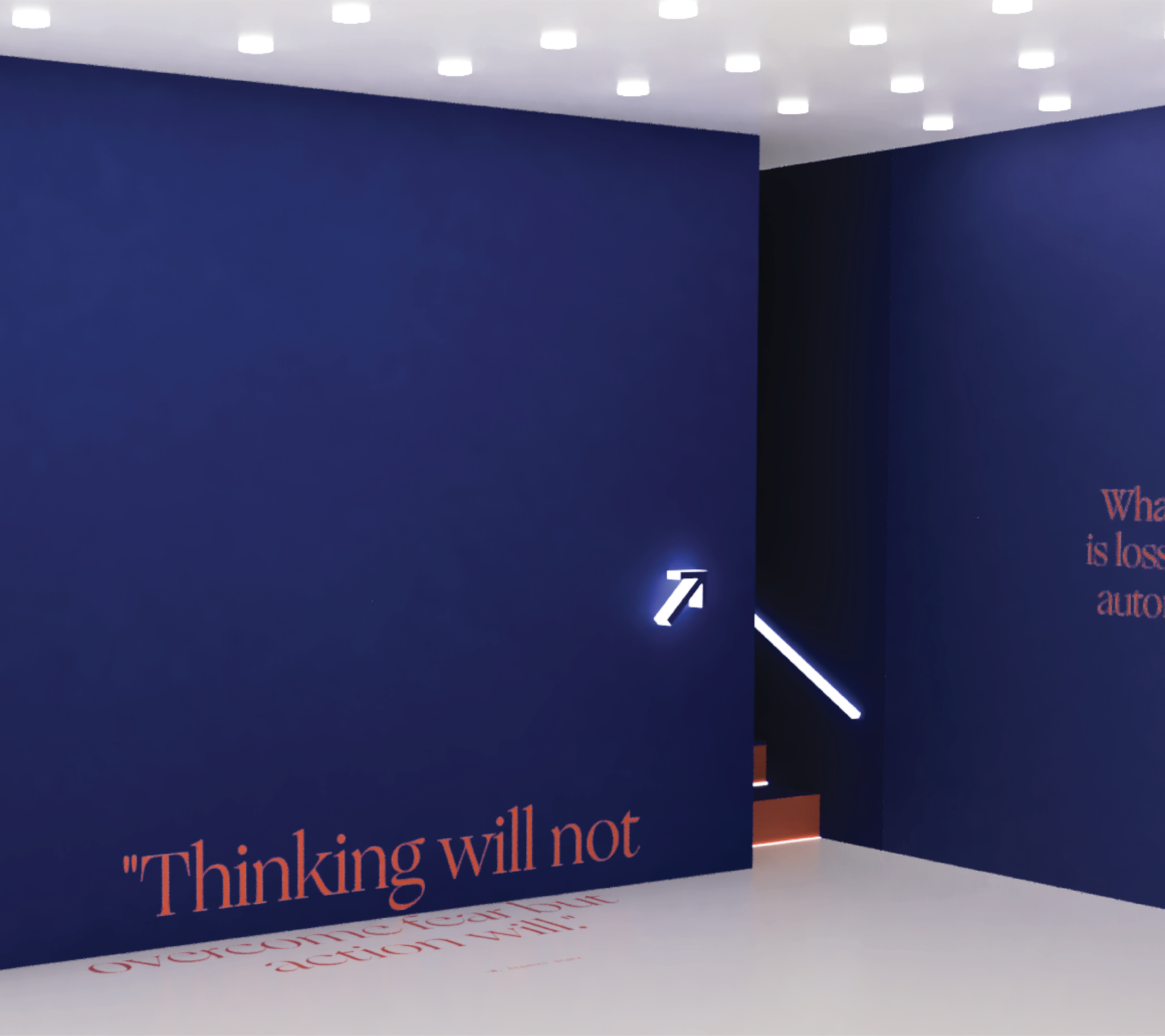
Maralkishig Enkhtuvshin

Abstract
If there is one thing that holds millions of people back each day from growing as an individual, achieving high levels of success, and becoming the best version of themselves, fear is definitelyat the top of the list. Whilst some of our fears are basic survival and pain-avoidance, many fears as we know are literally in our minds. Most people have misconceptions of fear. We imagined fear as the big bad demon inside of us, stopping us from living our life to the fullest. All we wish is to get rid of that bad demon and live a happy fearless life that is not that simple as we think.Like any other emotion, fear exists for a reason. It’s not always right, but it helps us more than we give it credit for. However, if we don’t keep it under control and let it run our lives, it really can seem like an obstacle to be overcome. And in this case, it is possible to overcome it and keep it under control. For this project, I aim to explore in-depth fear and learn and share the methods of overcoming fear. With an experiential exhibition, I want to bring awareness of the importance of recognizing and accepting our fear by intersecting art, science, and technology.

Thesis Advisors
Earl Gee: SJSU Graphic Design Professor
Connie Hwang: SJSU Graphic Design Professor
Karl Albrecht: Psychology Today, Author, Coach
Research Questions
1. Why is it important to recognize our fear and acknowledge it?
2. How can we control and overcome our fear?
3. How can we give form to something as abstract as fear?




Outcome
Dear fear is an interactive exhibition that intersects art, science, and technology to allow visitors to learn and understand the importance of recognizing and accepting fear. The project looks at Dr. Karl Albrecht’s study for how it categorizes fear into 5 different types. One trigger example is visualized from each category through interactive activities that utilize motion sensors, sound, LED screen, and more. The exhibition is made up of seven main sections, ranging from reading uplifting quotes in the dark to writing a response to a question. Visitors are also encouraged to wear a sensory wristband that is integrated with a motion and heart rate activator that gathers personalized data from each individual. At the end of the exhibition, each visitor would receive a unique and personalized souvenir; a print of their individual visualization of heart rate based on their fear journey, and tips on overcoming fear.